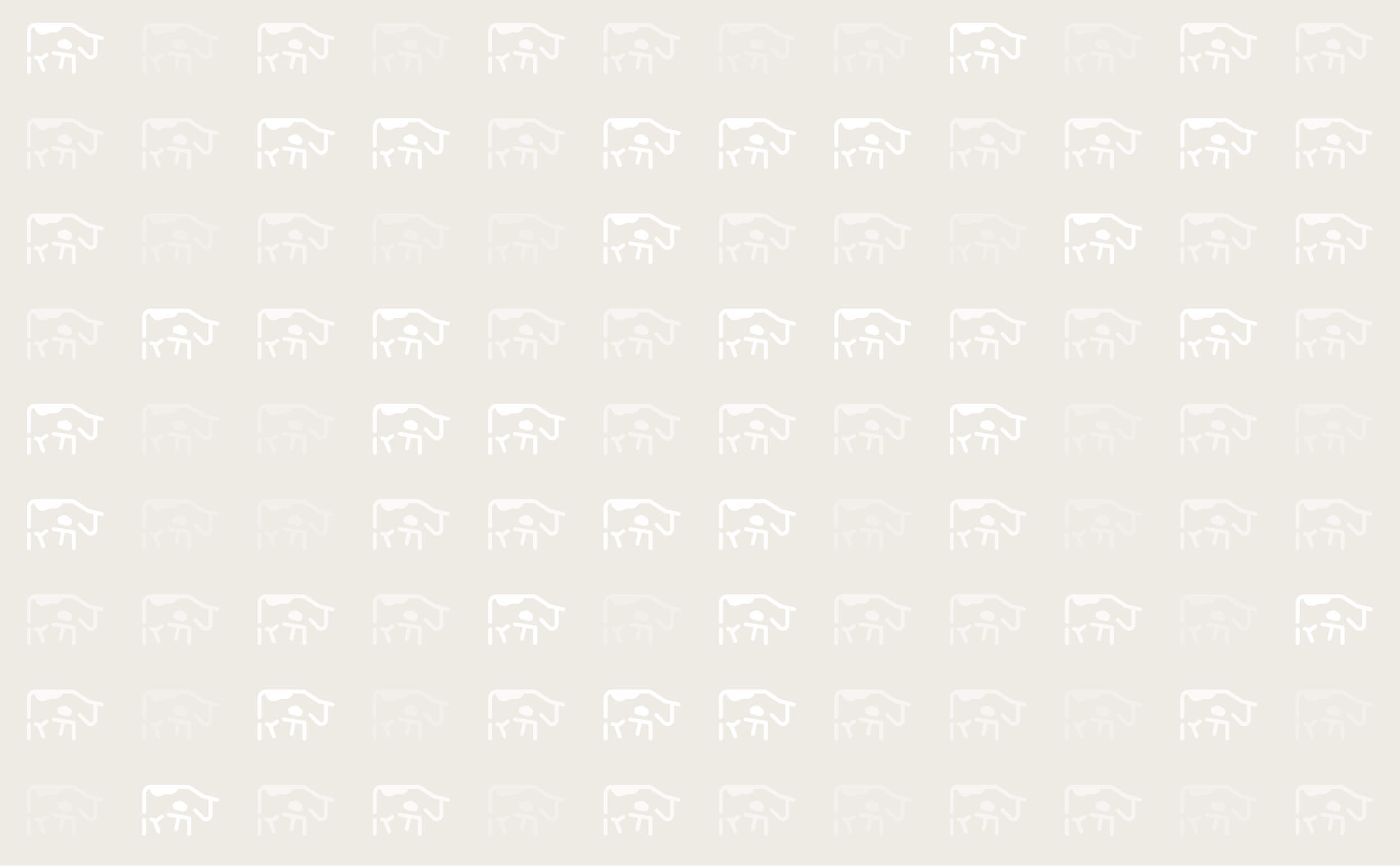



A new triple-action feed additive that can reduce cows’ climate impact by half
Aarhus University leads a new project which is to reduce dairy cows’ emission of methane by 50%. The actors behind the project are going to develop a triple-action feed additive for cattle, which will limit the enteric formation of methane. Innovation Fund Denmark has recently granted the project 16.1 million kroner.
With the research project NO-METHANE, dairy cows will leave a much smaller impact on the climate. The researchers behind the project want to develop a new feed additive for cattle, which can reduce their emission of the highly climate-incriminating methane by half. By combining three different agents, together it can reduce the methane-forming processes in the cow rumen without affecting the cows’ productivity and health. Innovation Fund Denmark invests 16.1 million kroner in the project.
Ruminants are responsible for almost 40% of the total greenhouse gas emissions from Danish agriculture and for 51% of the emission from Danish cattle herds. Therefore, in recent years, intensive research has been conducted to find ways to reduce the methane emission from ruminants.
This is important because ruminants can eat many agricultural bi-products, such as immature grain, rapeseed cake, grass, straw and sugar beet pulp. Instead of biowaste, you get high-quality food products such as meat and milk as well as management of natural areas; all of which plays an important role in a circular bio-economy. With the global increase in population and increasing global demands for milk and meat in the future, there is a massive pressure to reduce the climate impact of these food products.
Research suggests that the best and most realistic way to achieve a lower methane emission from cows is via the feed. However, so far, no sufficiently efficient solution exists.
The new project NO-METHANE combines three different agents, each reducing the formation of methane in their own way. It is all about:
- Limiting the availability of hydrogen. Hydrogen is formed when the feed is fermented by rumen bacteria (the first rumen of the cow’s four stomachs). Hydrogen is used by a certain class of microorganisms, so-called archaea, to form methane. The project will use specific probiotic bacteria which can use hydrogen in other processes so that the archaea do not have access to so much hydrogen.
- Limiting methane-forming archaea in the rumen. This is done by means of special strains of lactic acid bacteria (LAB) as well as naturally occurring vira in the cow’s rumen.
- Inhibiting the formation of methane by using a compound, here called X. Compound X inhibits the enzyme, formed by the methane-forming archaea, which is necessary to change hydrogen into methane.
Professor Mette Olaf Nielsen from Department of Animal Science, Aarhus University, leads the project, and she sees a great potential in the new feed additive:
“It is the archaea in the cow’s rumen that produce methane; it is not the cow as such. With our triple-action approach to inhibit the formation of methane we expect that the achaea that form methane will be under such a big pressure that they lower their formation of methane by half. We would not obtain that result with each of the individual agents separately.”
A feed additive with two of the three agents (X and LAB) is expected to be fully developed by the end of the project in 2025 with a capacity to inhibit the methane formation by up to 40%. After finishing the project, and as soon as the third agent is approved for the market, the new triple-action feed additive (TAFA) will be able to reduce the methane formation by 50%.
With the development of the new TAFA, researchers predict that up to 80% of the Danish dairy cows will be fed TAFA in 2030. With this, the project will contribute to a remarkable reduction of greenhouse gases from the Danish dairy cows – estimated to 0.76 million tons CO2eq in 2030.
If expectations are met, the results of the project can take part in ensuring a continuous export of milk, meat and feed additive. There might even be new export opportunities created and new jobs in the cattle sector and associated industries which are currently threatened due to the targets for greenhouse gas emission reductions in 2030 and the goal of being climate neutral in the industry in 2050.
TheCattleSite News Desk

